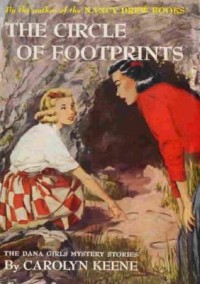The Lost Shtetl by Max Gross

The book begins with the tale of an unhappy marriage in the isolated shtetl of Kreskol. Gross lovingly depicts the tiny community with all its faults and blessings. Readers will know the "reveal" is coming. In all respects Kreskol is an ordinary 19th century community, but in reality it has simply been cut off from the modern world and bypassed by the horrors and (perhaps dubious) wonders of the 20th century.
Three individuals, the unhappy Lindauers escaping their unhappy marriage and the judgement of the village respectively, and the worthy, but unloved, Yankel is sent after them, or at least to find a magistrate to deal with the unprecedented crisis. They discover a very different world from the one they've known, but filled with many of the same dangers. Modern civilization is a thin veneer over what the Jews of Kreskol have been taught to expect from gentiles.
Modern Poland, and the world, does not know what to do with such a community. The novel in discussing how Kreskol was spared for a hundred years talks of the deprivations of war, racism, and progress that swept up their peers in the years before and after the Holocaust. The Holocaust itself is a terror of such great magnitude, how can it be explained to one who had never heard of it before? How can Kreskol survive when faced with the pressures and temptations of the modern world?
Gross has created a wonderful novel here that reminds us of the past, but also forces us to think about the lies we ourselves can prefer over the truth.
 2
2
 6
6


























